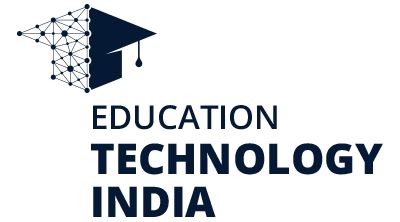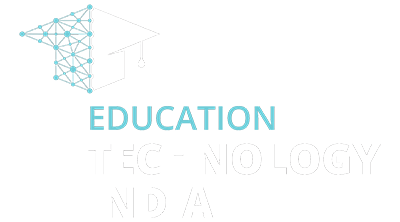Is it conceivable to encounter the historical presence of Julius Caesar while delving into the study of Roman history?

Virtual reality serves as a tool that creates educational experiences, enhancing the learning process and outcomes through interactive and engaging content, immersive experiences, and flexibility for learners.
Before exploring the educational potential of virtual reality, it’s essential to define the technology itself and bear in mind the existence of three distinct types of virtual realities.
What precisely is virtual reality (VR)?
VR, or virtual reality, is the utilization of technology to transport individuals to alternative worlds, providing an immersive experience where they can encounter different realities. Immersion is a crucial element, tricking the brain into perceiving itself within an entirely distinct reality through the presentation of an alternative environment before the eyes.
What categories of virtual reality exist ?
Non-immersive virtual reality involves users acknowledging their presence in front of a simulated reality, as seen in video games where graphics, sound, and touch devices contribute to an authentic experience.Semi-immersive or mixed virtual reality represents a blend of virtual and physical elements, often seen in industrial applications. Examples include flight simulation chambers resembling real cockpits with screens replacing traditional glass.
Total immersive virtual reality provides the highest level of immersion, blurring the line between digital and physical realms. Immersive VR devices typically include a helmet connected to a computer with motion sensors distributed across various parts of the body.
The utilization of virtual reality in education
Utilizing virtual reality as an educational instrument holds significant potential in enhancing the learning environment by creating innovative knowledge spaces that elevate practicality. This has the potential to enhance the overall student experience.
What applications and advantages does virtual reality offer in the field of education?
The application of virtual reality in education offers numerous uses and advantages across various educational levels.
Examining some of its uses:
- Immersive journeys through historical eras, providing the ability to recreate ancient civilizations.
- Exploration of diverse dimensions, facilitating the analysis of intricate subjects such as the interior of the human body, molecular structures, or galaxies.
- Fostering empathy and understanding by placing individuals in challenging historical situations, allowing them to empathize with the experiences of those affected by various crises.
Additionally, there are several benefits:
- Enhanced creativity through the visual, clear, and efficient presentation of educational content, promoting heightened levels of creativity.
- In-depth understanding of complex knowledge, as virtual reality enables detailed exploration of multifaceted subjects, particularly relevant in fields like surgery or industry for efficient and safe virtual practice.
- Facilitation of training through adaptive learning experiences, eliminating barriers for students with special needs and enabling them to progress at their own pace.
The initial instance in Spain implementing 5G technology, virtual reality, and edge computing
The inaugural example of applying virtual reality in education in Spain involves the integration of this technology with 5G and edge computing in a dedicated seminar within the education sector.
This convergence of 5G, virtual reality, and edge computing allows participants to engage with one another in an immersive and interactive setting, simulating a shared physical space. This experience grants access to innovative teaching resources, including group immersion in 360º video projections and the utilization of 3D models as a practical supplement to theoretical classes.
Conclusion
Educational settings that emphasize cognitive experiences, fostering enhanced concentration, prove more effective than conventional education centered solely on memorization.
In achieving this goal, technologies like virtual reality can be highly beneficial.






